Full text
PDF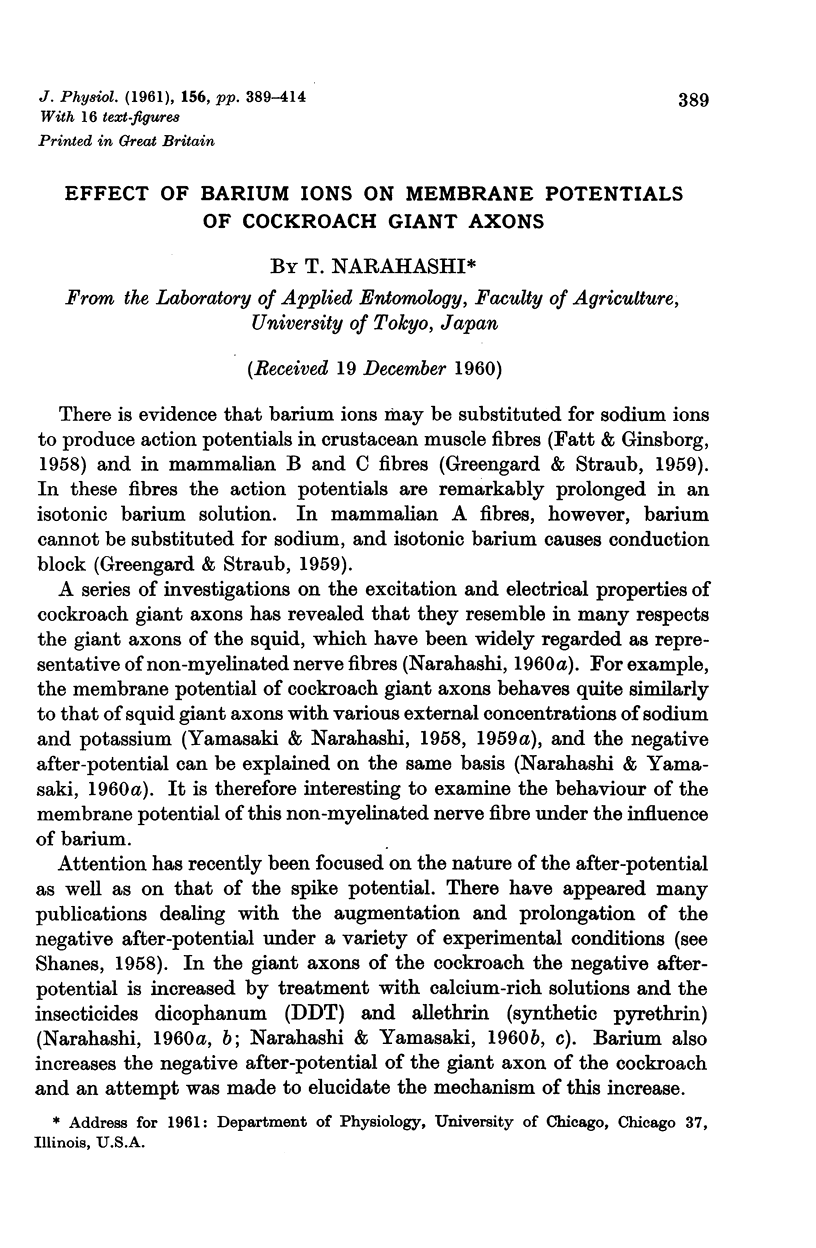
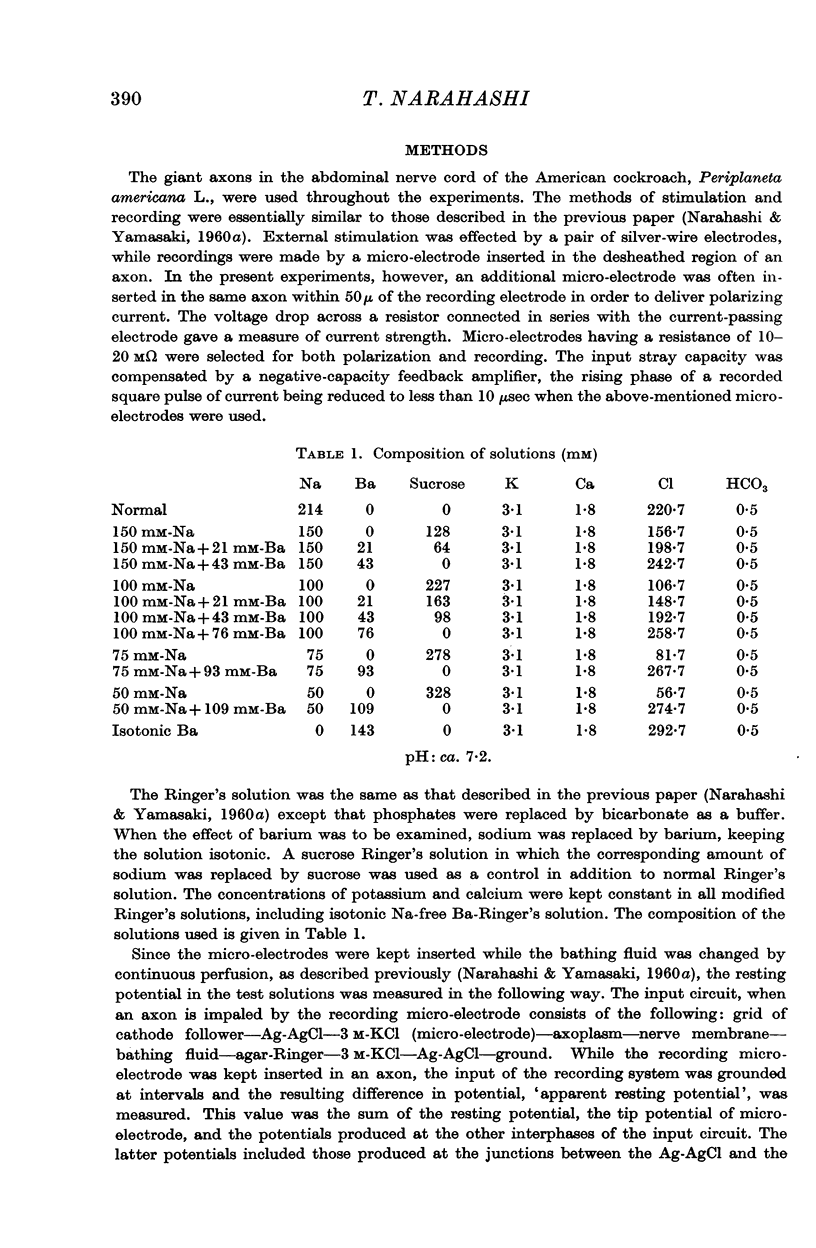
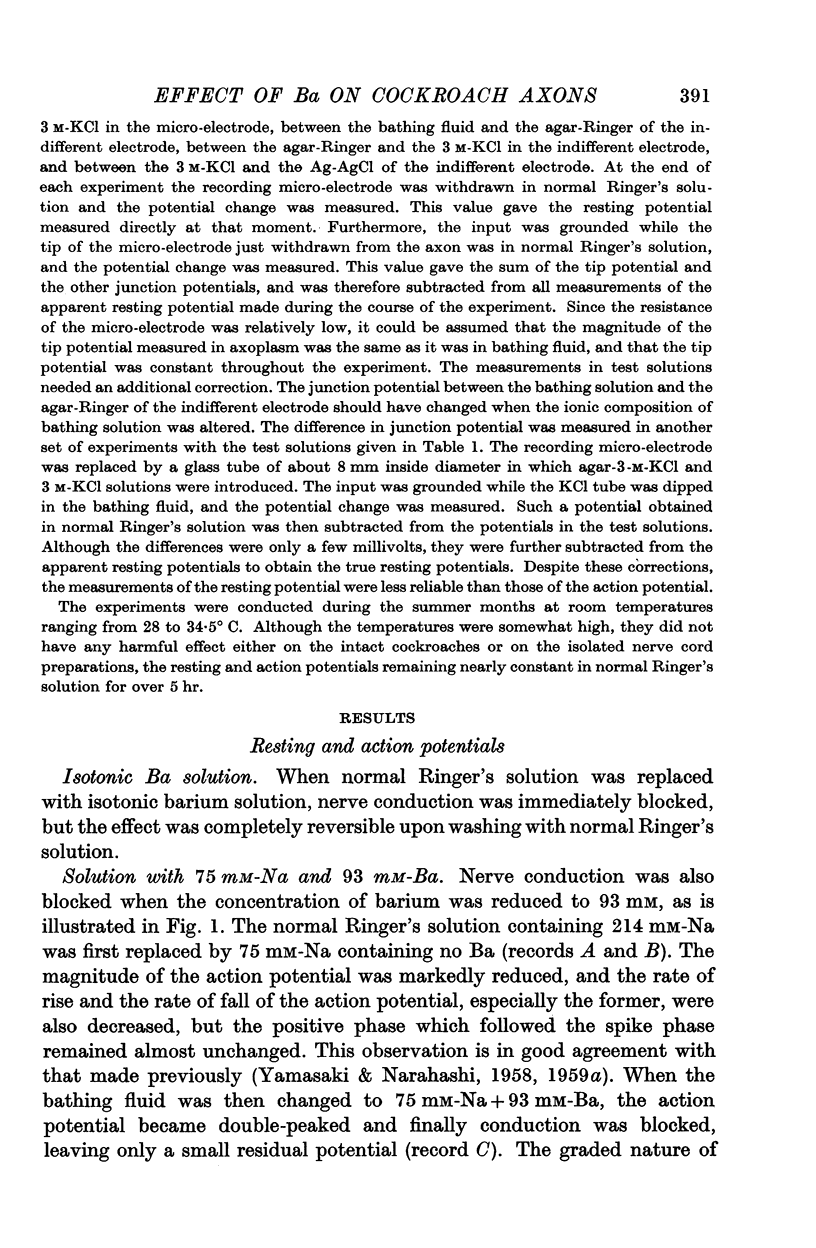


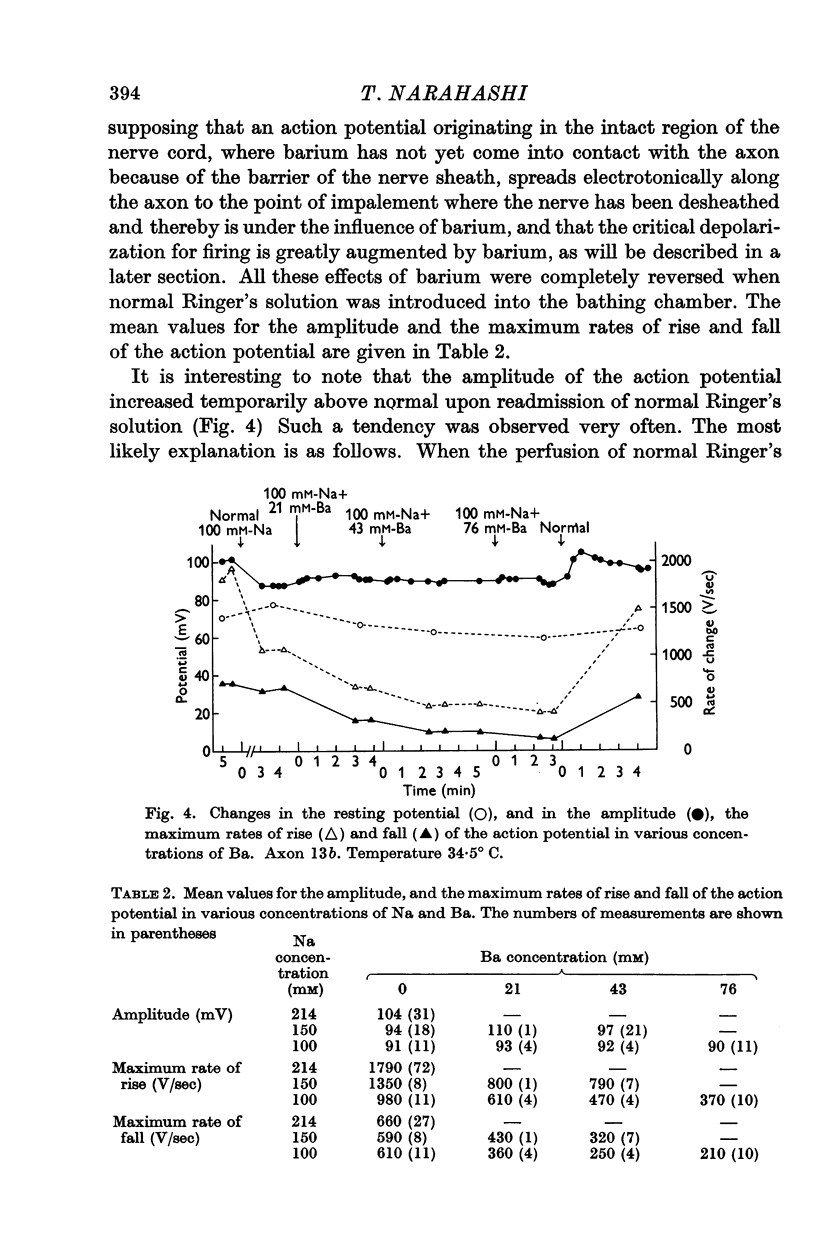
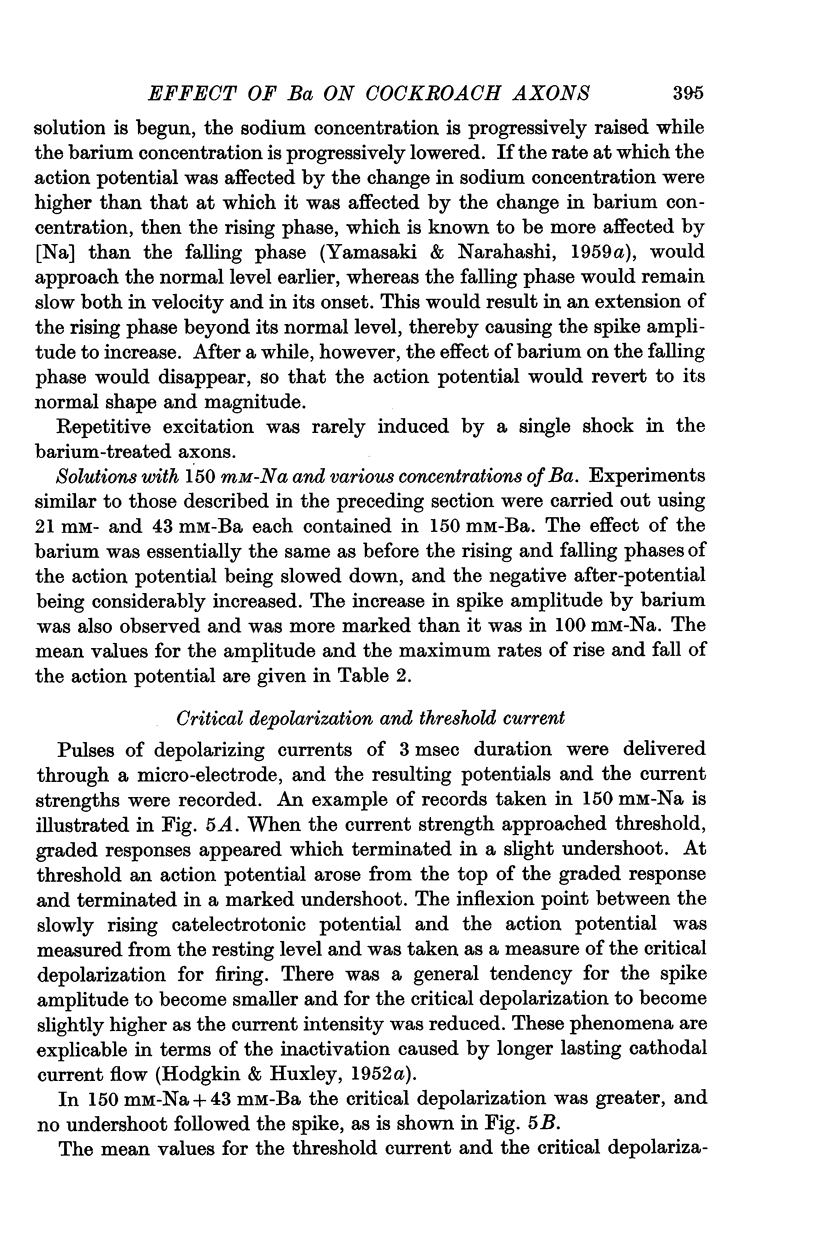

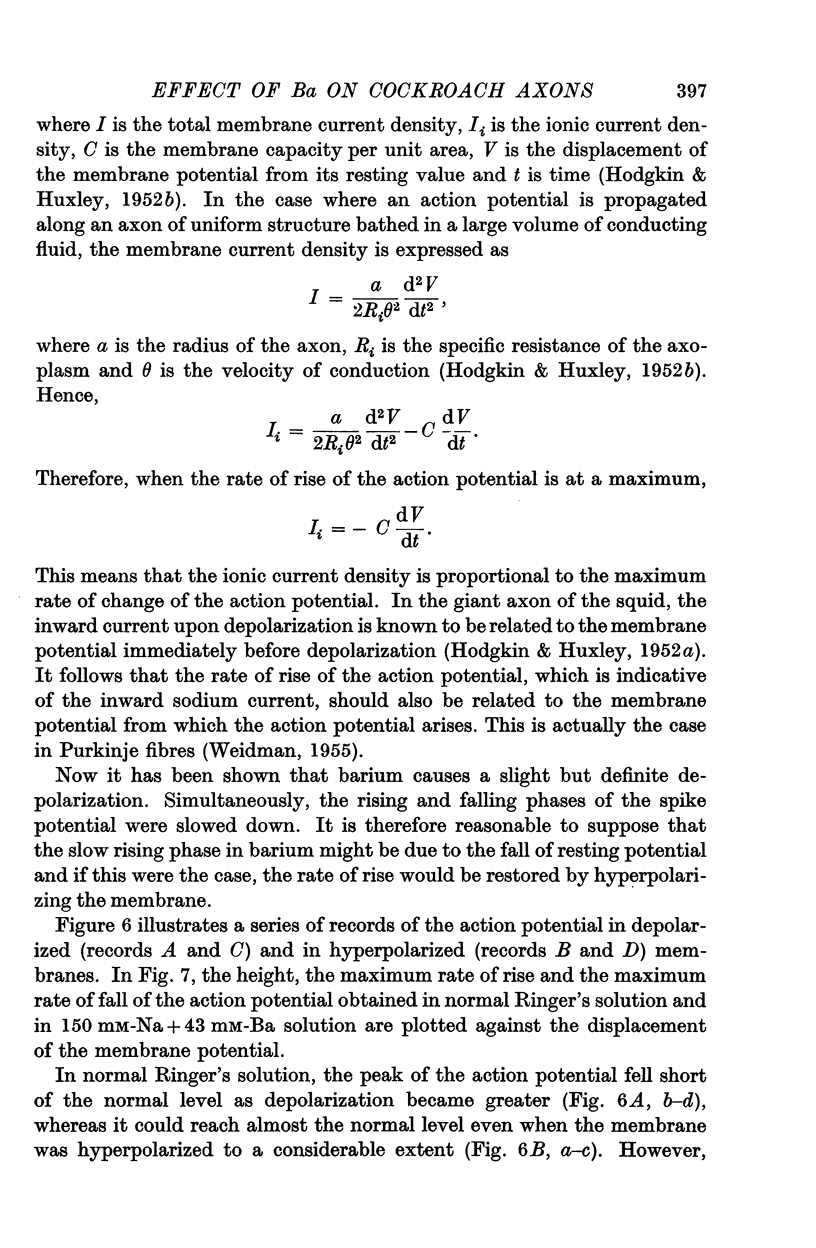
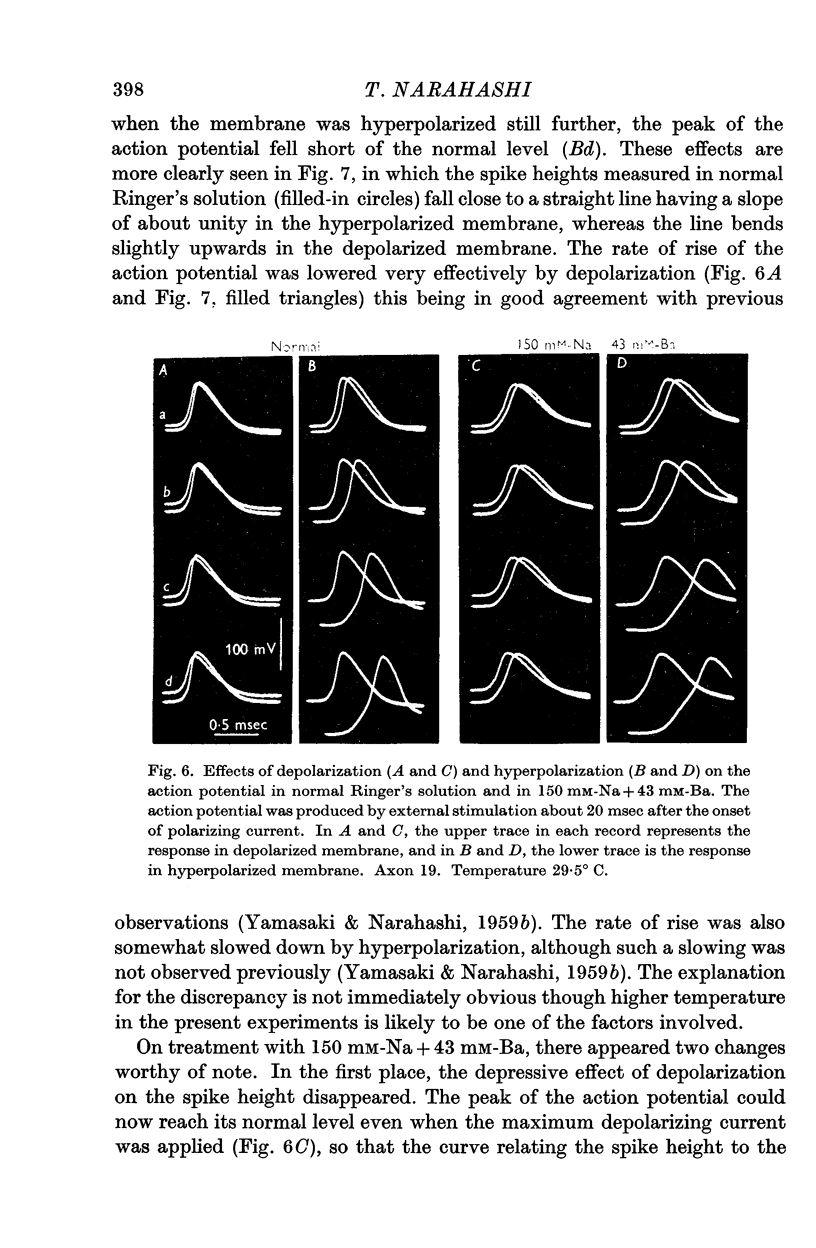
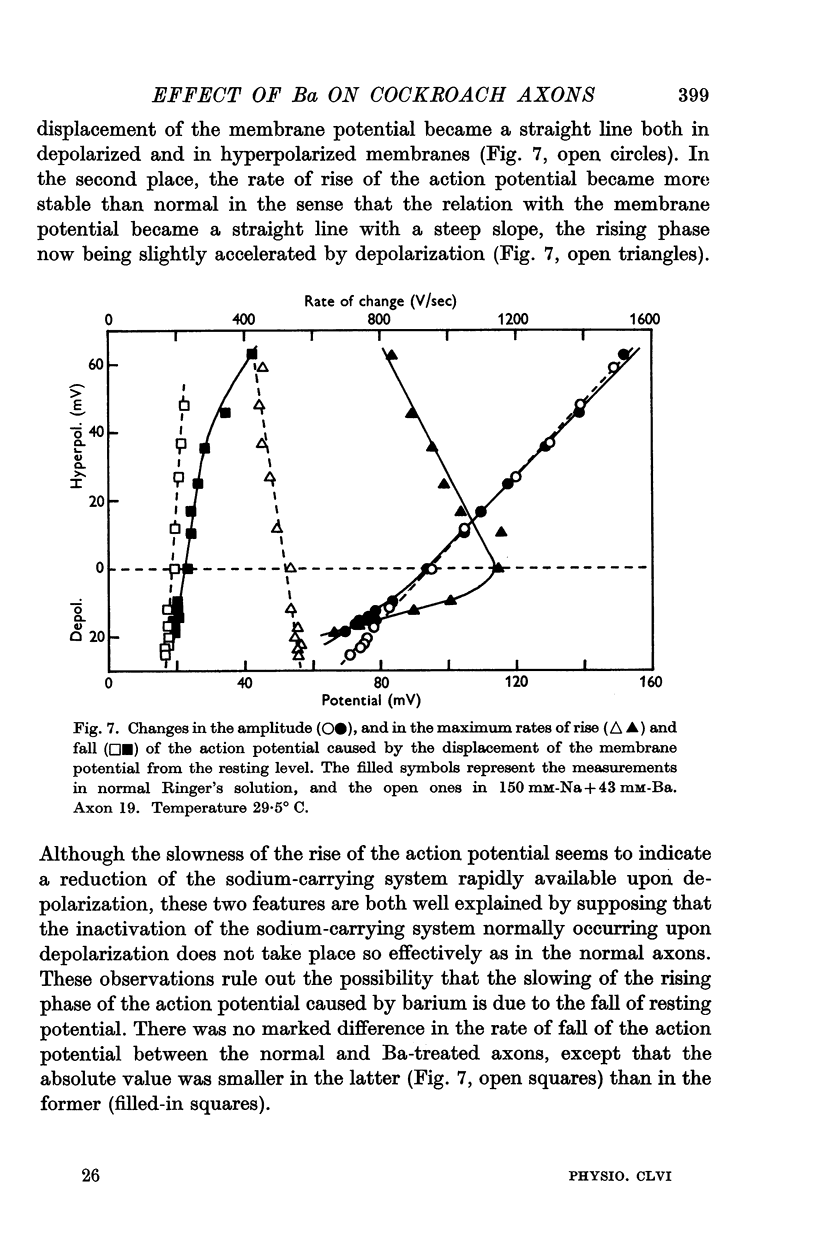


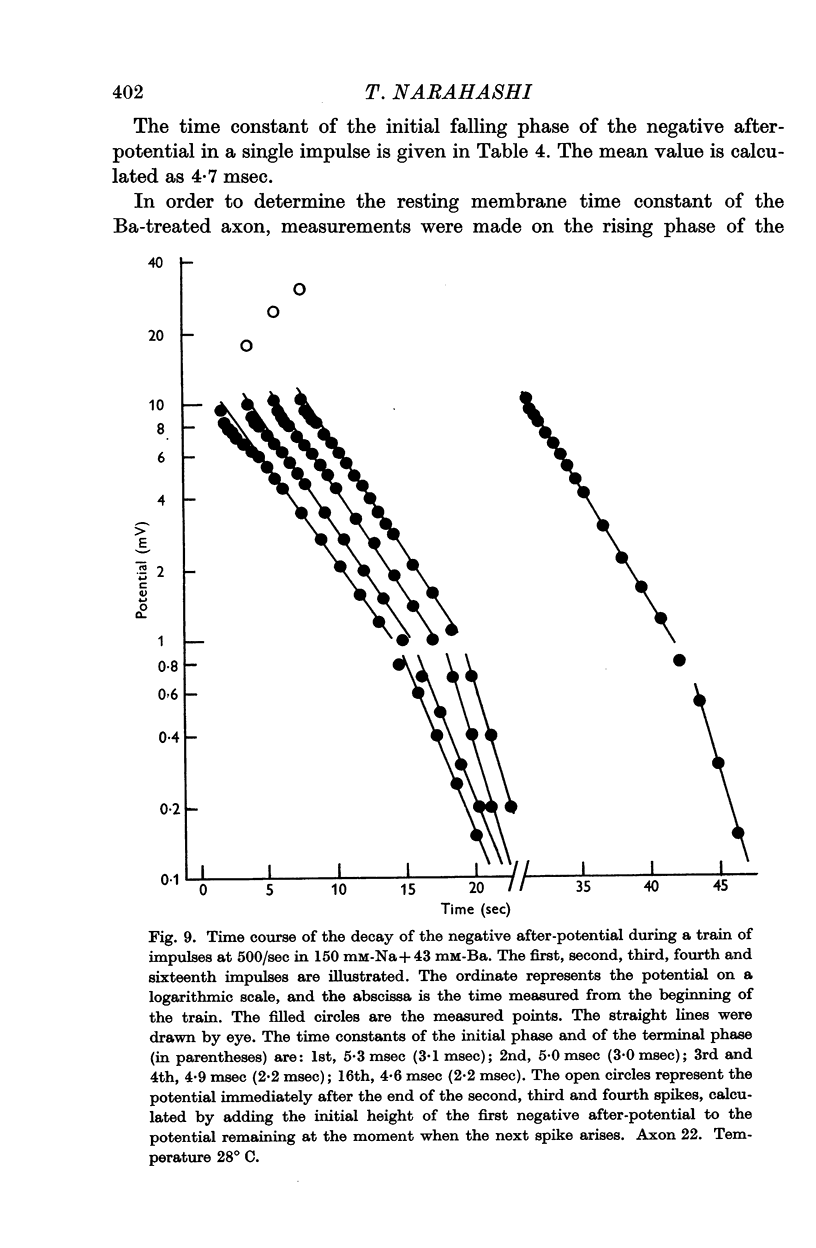
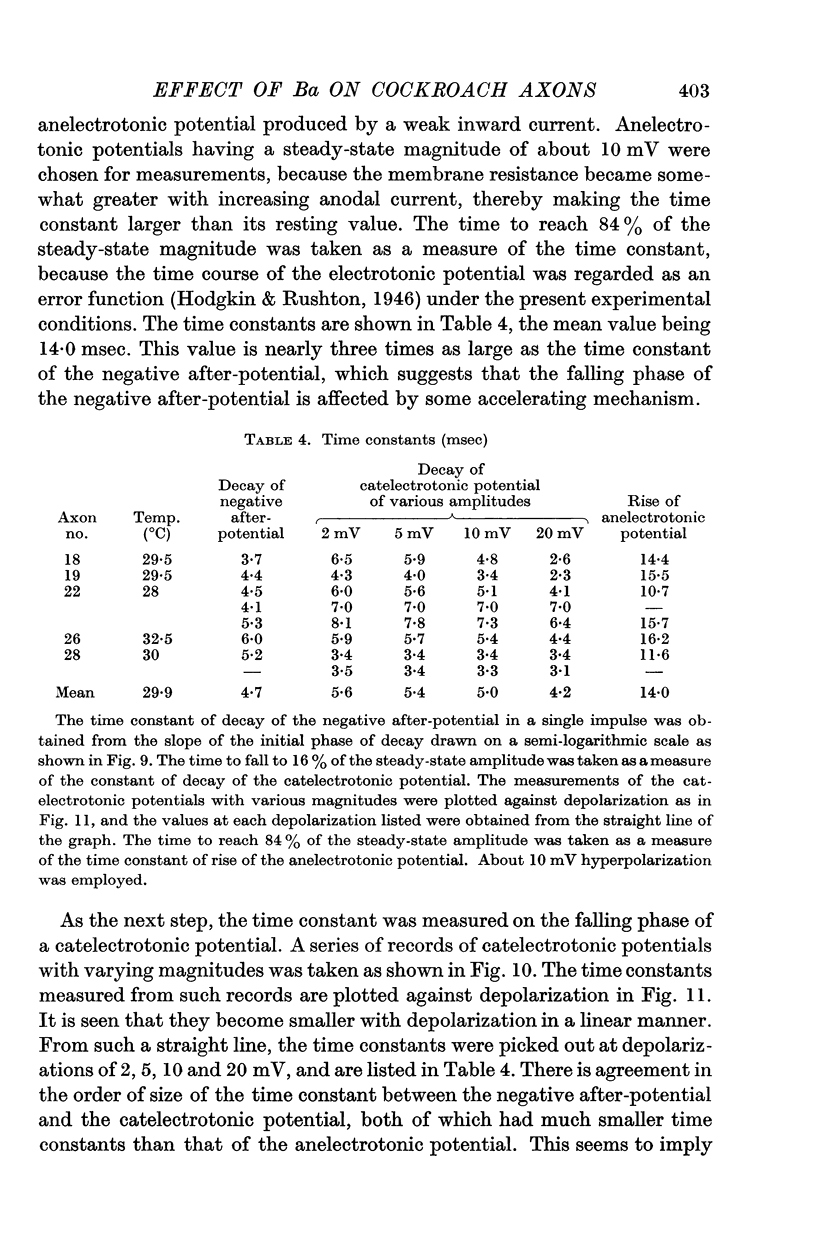
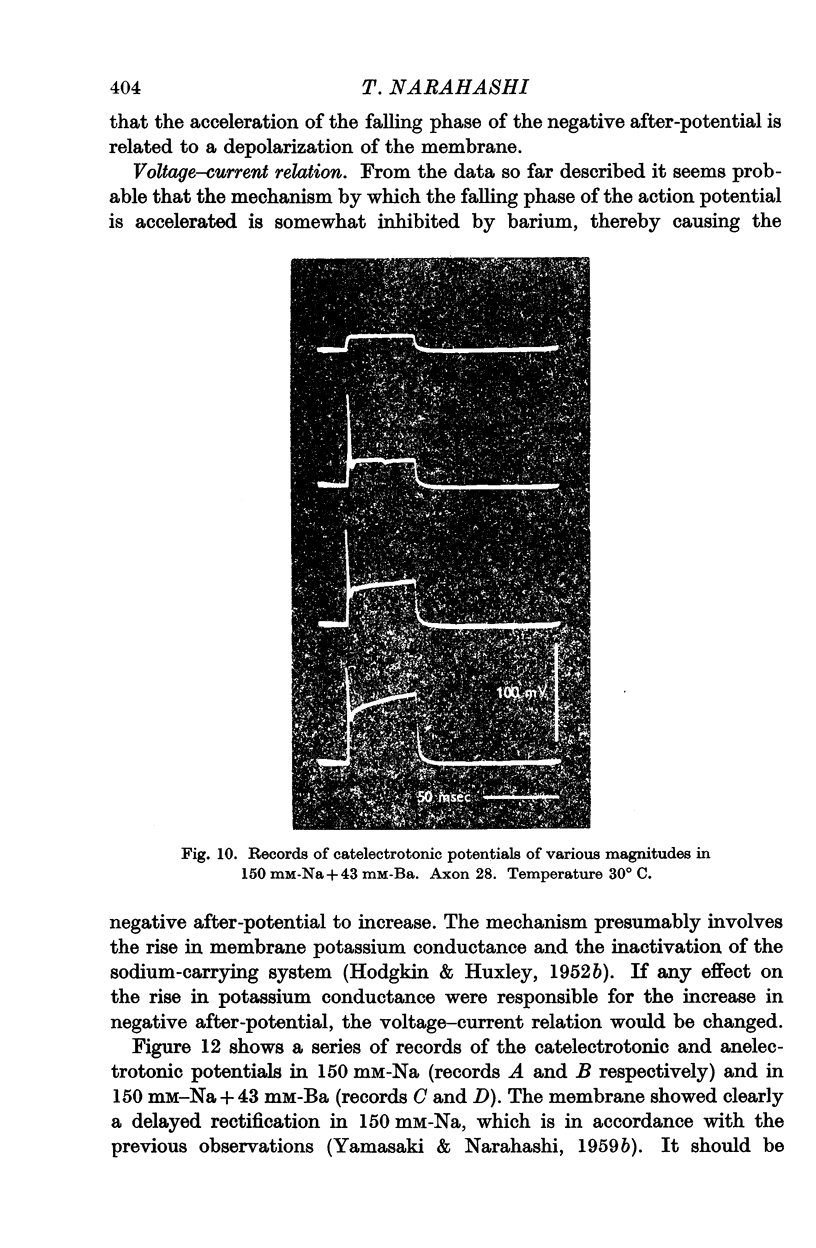

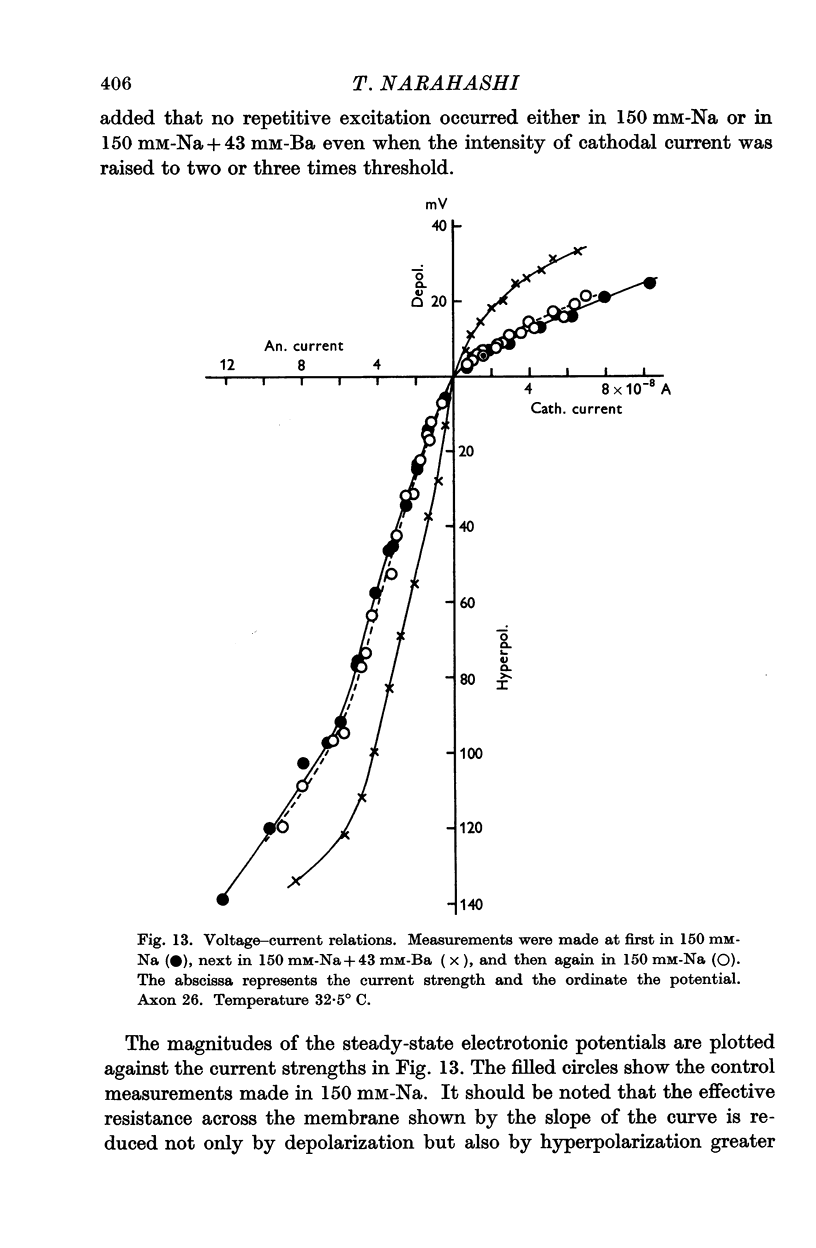
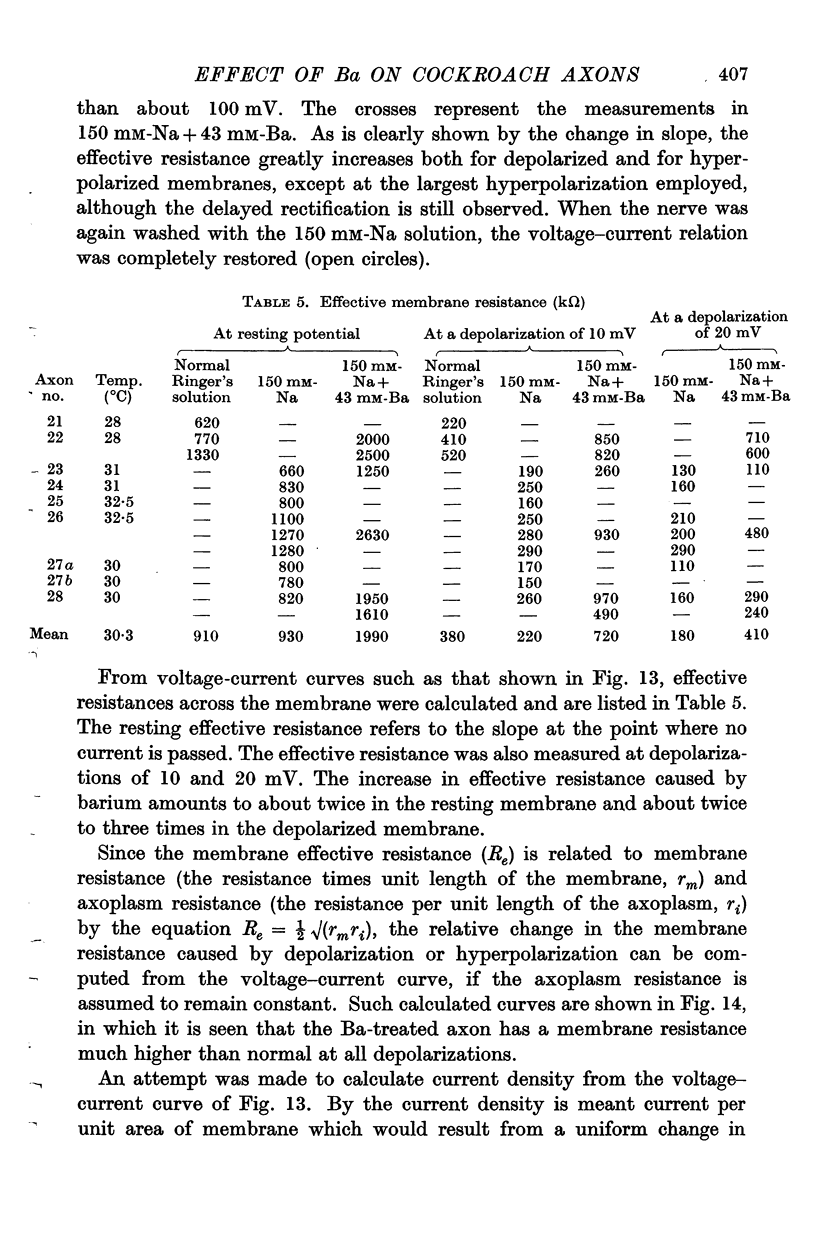
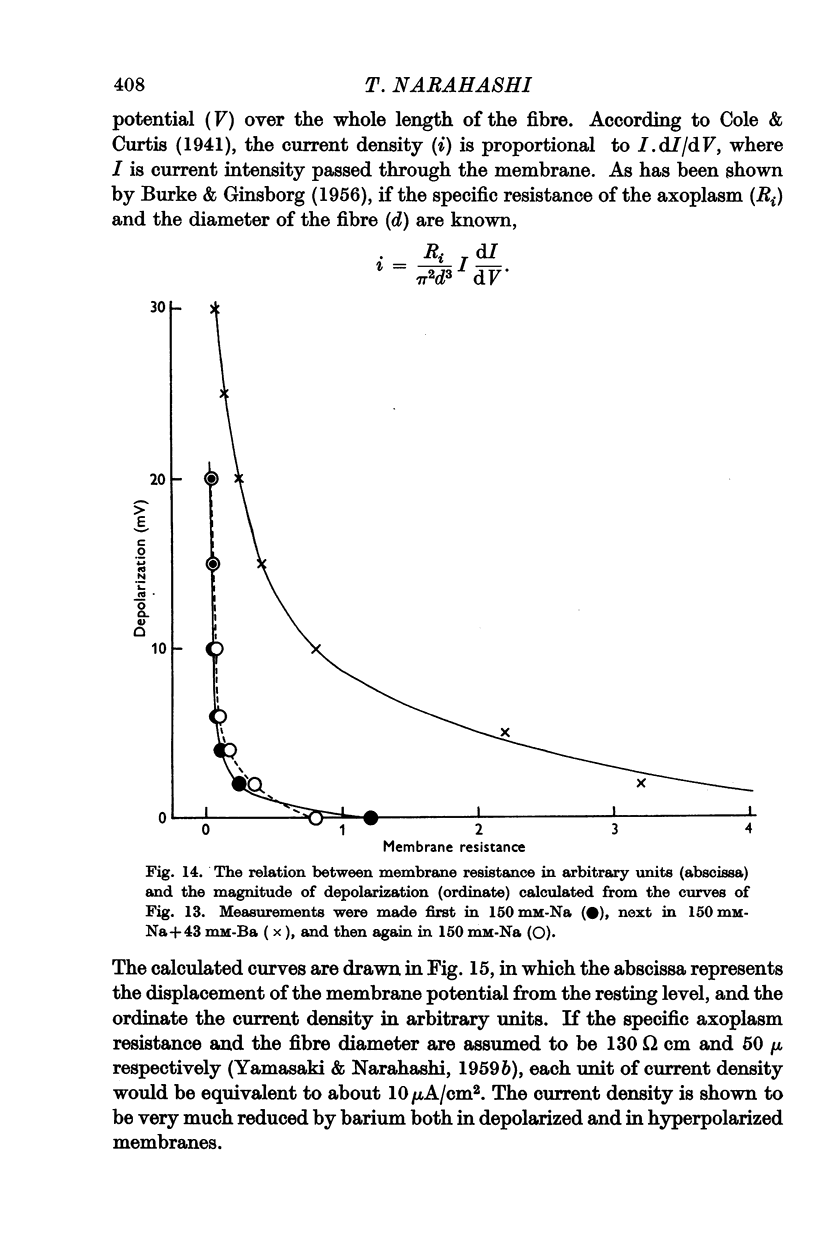
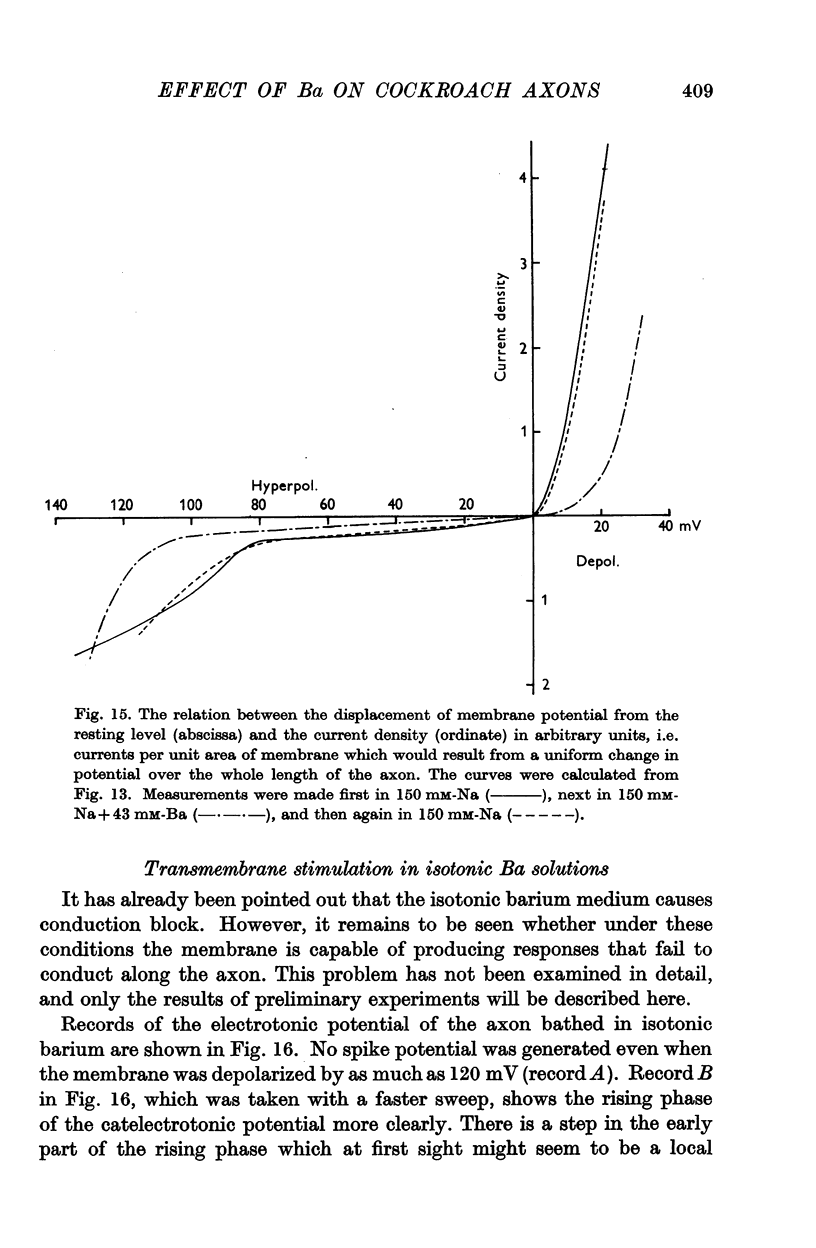

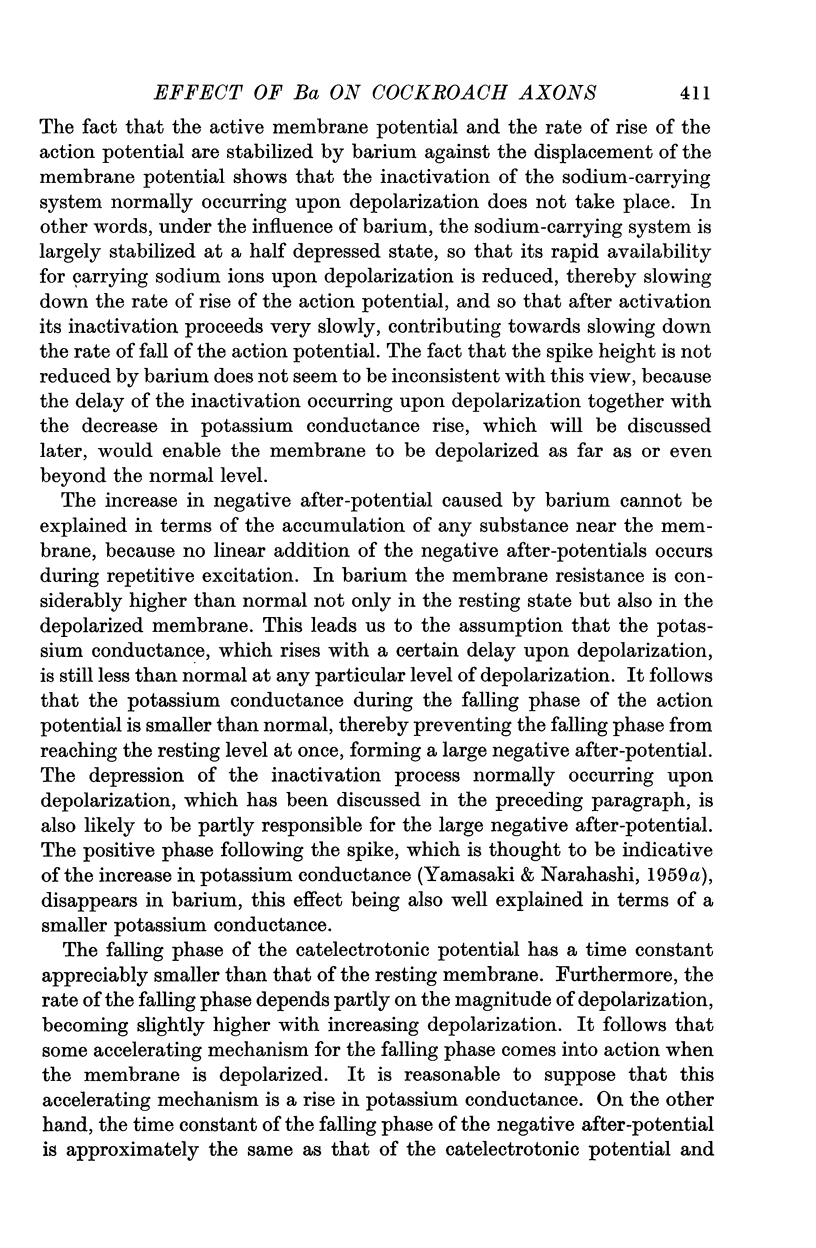
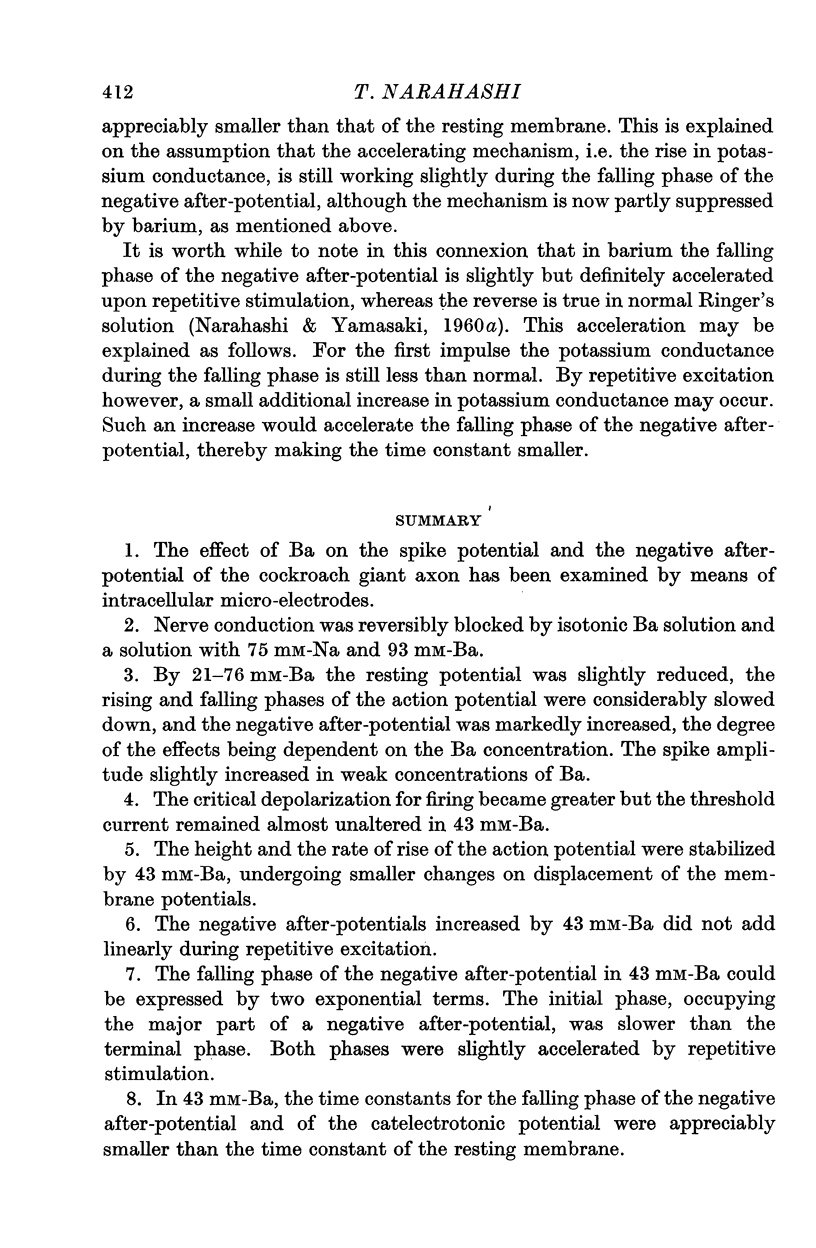
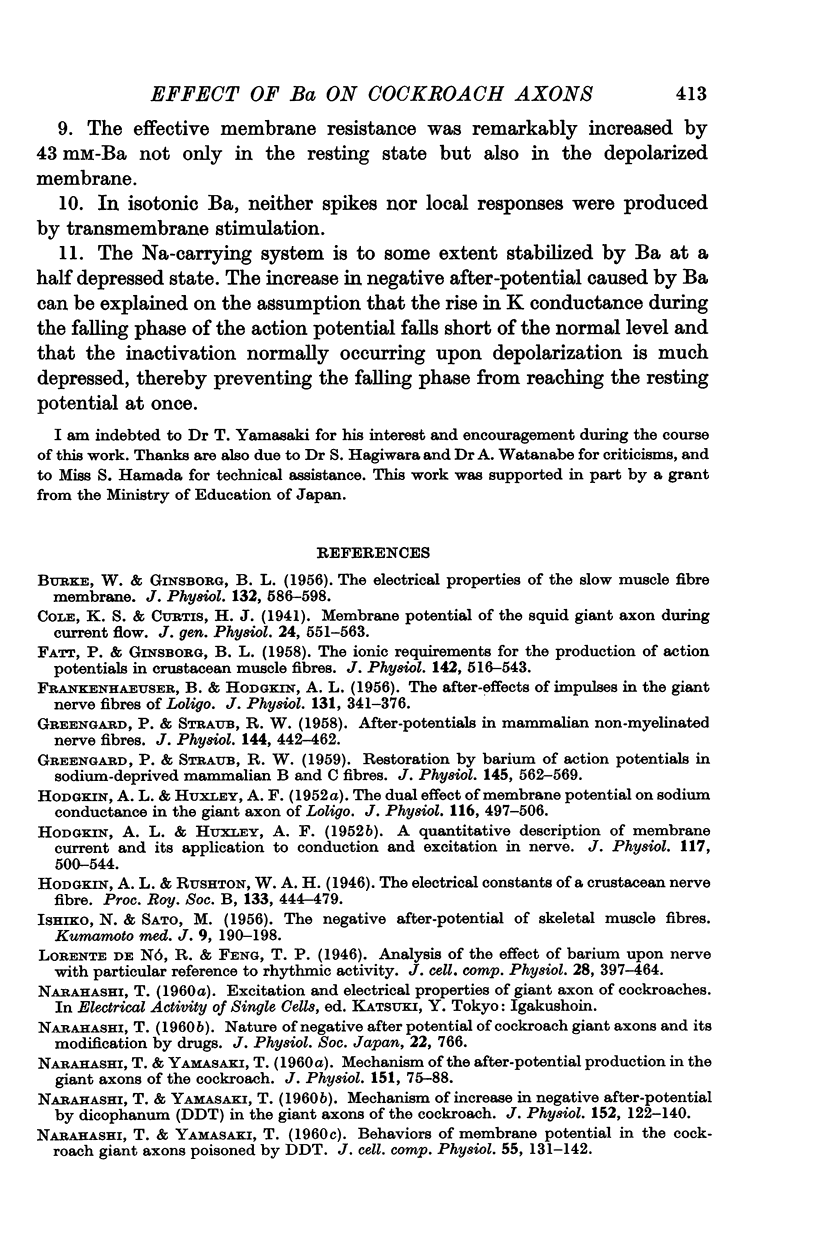
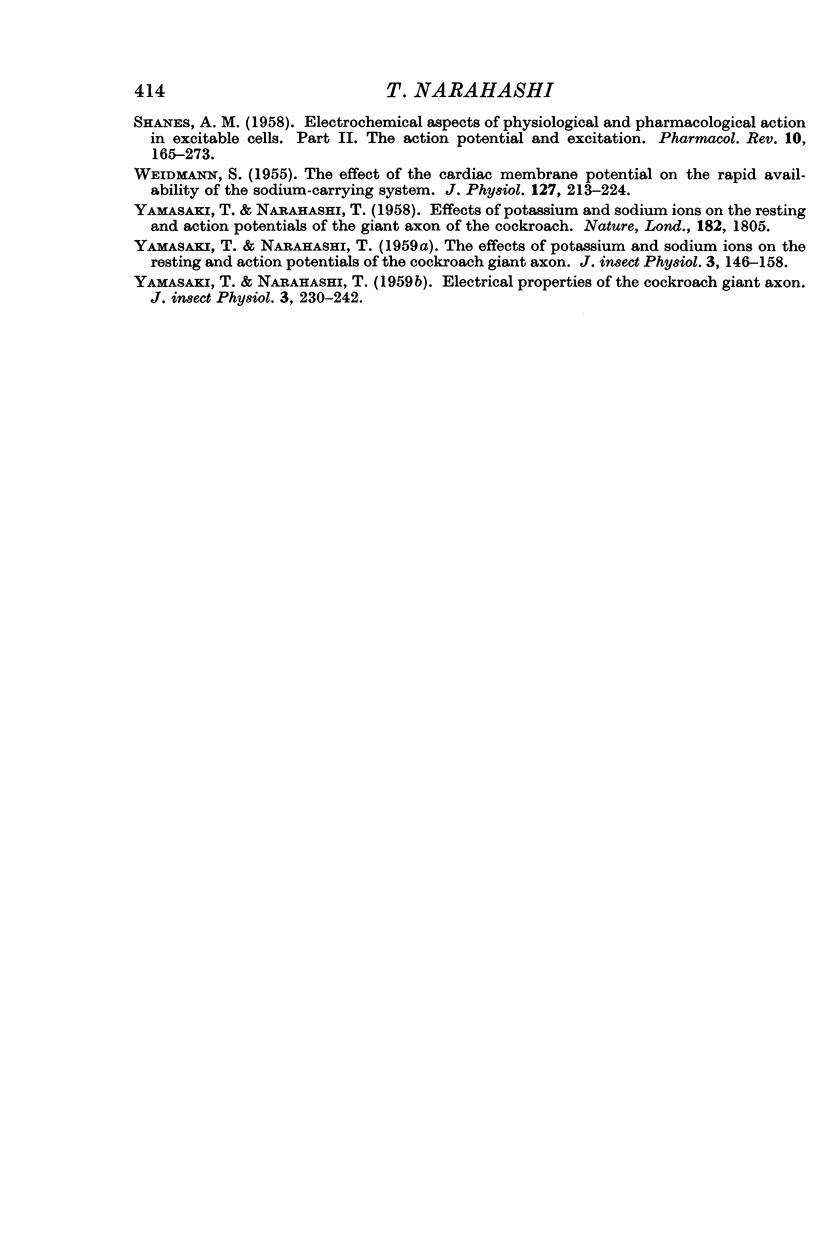
Selected References
These references are in PubMed. This may not be the complete list of references from this article.
- BURKE W., GINSBORG B. L. The electrical properties of the slow muscle fibre membrane. J Physiol. 1956 Jun 28;132(3):586–598. doi: 10.1113/jphysiol.1956.sp005551. [DOI] [PMC free article] [PubMed] [Google Scholar]
- FATT P., GINSBORG B. L. The ionic requirements for the production of action potentials in crustacean muscle fibres. J Physiol. 1958 Aug 6;142(3):516–543. doi: 10.1113/jphysiol.1958.sp006034. [DOI] [PMC free article] [PubMed] [Google Scholar]
- FRANKENHAEUSER B., HODGKIN A. L. The after-effects of impulses in the giant nerve fibres of Loligo. J Physiol. 1956 Feb 28;131(2):341–376. doi: 10.1113/jphysiol.1956.sp005467. [DOI] [PMC free article] [PubMed] [Google Scholar]
- GREENGARD P., STRAUB R. W. After-potentials in mammalian non-myelinated nerve fibres. J Physiol. 1958 Dec 30;144(3):442–462. doi: 10.1113/jphysiol.1958.sp006112. [DOI] [PMC free article] [PubMed] [Google Scholar]
- GREENGARD P., STRAUB R. W. Restoration by barium of action potentials in sodium-deprived mammalian B and C fibres. J Physiol. 1959 Mar 12;145(3):562–569. doi: 10.1113/jphysiol.1959.sp006162. [DOI] [PMC free article] [PubMed] [Google Scholar]
- HODGKIN A. L., HUXLEY A. F. A quantitative description of membrane current and its application to conduction and excitation in nerve. J Physiol. 1952 Aug;117(4):500–544. doi: 10.1113/jphysiol.1952.sp004764. [DOI] [PMC free article] [PubMed] [Google Scholar]
- HODGKIN A. L., HUXLEY A. F. The dual effect of membrane potential on sodium conductance in the giant axon of Loligo. J Physiol. 1952 Apr;116(4):497–506. doi: 10.1113/jphysiol.1952.sp004719. [DOI] [PMC free article] [PubMed] [Google Scholar]
- NARAHASHI T., YAMASAKI T. Behaviors of membrane potential in the cockroach giant axons poisoned by DDT. J Cell Comp Physiol. 1960 Apr;55:131–142. doi: 10.1002/jcp.1030550204. [DOI] [PubMed] [Google Scholar]
- NARAHASHI T., YAMASAKI T. Mechanism of increase in negative after-potential by dicophanum (DDT) in the giant axons of the cockroach. J Physiol. 1960 Jun;152:122–140. doi: 10.1113/jphysiol.1960.sp006475. [DOI] [PMC free article] [PubMed] [Google Scholar]
- NARAHASHI T., YAMASAKI T. Mechanism of the after-potential production in the giant axons of the cockroach. J Physiol. 1960 Apr;151:75–88. [PMC free article] [PubMed] [Google Scholar]
- SHANES A. M. Electrochemical aspects of physiological and pharmacological action in excitable cells. II. The action potential and excitation. Pharmacol Rev. 1958 Jun;10(2):165–273. [PubMed] [Google Scholar]
- WEIDMANN S. The effect of the cardiac membrane potential on the rapid availability of the sodium-carrying system. J Physiol. 1955 Jan 28;127(1):213–224. doi: 10.1113/jphysiol.1955.sp005250. [DOI] [PMC free article] [PubMed] [Google Scholar]
- YAMASAKI T., NARAHASHI T. Effects of potassium and sodium ions on the resting and action potentials of the giant axon of the cockroach. Nature. 1958 Dec 27;182(4652):1805–1805. doi: 10.1038/1821805a0. [DOI] [PubMed] [Google Scholar]


